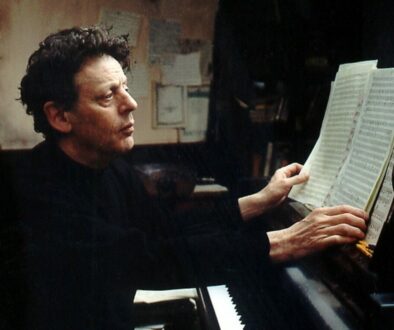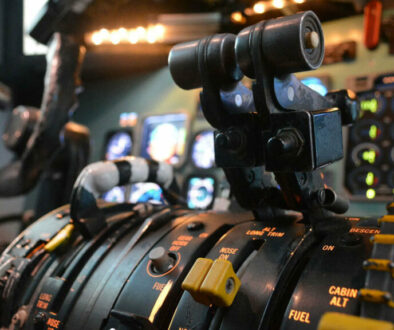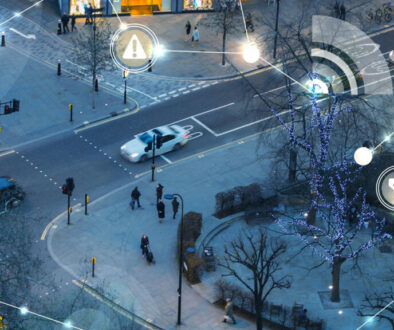Neoclassical Music Impulse: A Timeless Dialogue Between Past and Present
Rediscovering Harmony in the Modern Age
Music has always been one of the most profound and precise methods of capturing and transmitting the impulse of time. It is a language that transcends eras, connecting the past, present, and future in a symphony of emotion and thought. Within this vast tapestry, neoclassical music emerges as a bridge—a delicate yet powerful fusion of classical elegance and contemporary innovation.
The twentieth century witnessed a resurgence of interest in the aesthetic principles of classicism—order, balance, harmony, and emotional restraint. This neoclassical impulse, particularly prominent during the interwar period, sought to counter the excesses of Romanticism by returning to the clarity and structure of earlier centuries. Yet, it was not merely a nostalgic revival; it was a reimagining, a way to infuse timeless principles with the spirit of modernity.
Unlike Romantic music, which often prioritized emotional intensity and narrative storytelling, neoclassical music embraced absolute music—compositions that exist purely for their own sake, free from extraneous narratives or programmatic constraints. This approach allowed composers to explore new frontiers of sound, blending pared-down performing forces, updated tonal harmonies, and intricate rhythmic and contrapuntal textures.
In neoclassical music, the absence of rigid norms became its strength. Composers were free to experiment, to modulate tonalities, and to weave together disparate elements into a cohesive whole. Yet, this freedom was not without its challenges. The use of classical instruments and techniques, while grounding the music in tradition, also posed limitations. To truly innovate, composers had to navigate a delicate balance—honoring the past while forging a path toward the future.
The neoclassical impulse is not about discarding the past but rather about reinterpreting it. It is a dialogue between centuries, a way of drawing inspiration from the masters while embracing the possibilities of the present. The harmony of sound discovered by composers of earlier eras continues to resonate, offering a foundation upon which new ideas can be built.
Yet, to create something entirely new, something that carries the authentic impulse of our time, one must be willing to let go of preconceived notions and stylistic constraints. Only by shedding the weight of tradition can a composer truly innovate, crafting a sound that is both timeless and distinctly modern.
At the Piano Revenge Festival 2026, this neoclassical impulse will take center stage, inviting audiences to experience the beauty of this dialogue. Through the works of our festival artists, we will witness the evolution of neoclassical music—a genre that continues to inspire, challenge, and transform.
In the hands of contemporary composers, neoclassical music becomes more than a revival; it becomes a revolution—a testament to the enduring power of harmony and the boundless potential of human creativity.
The Piano: A Vessel of Neoclassical Inspiration
The piano, with its unparalleled range and expressive capabilities, has become the quintessential instrument for neoclassical music. Its ability to evoke both intimacy and grandeur makes it the perfect medium for capturing the essence of this genre. During the performances of our festival pianists, the piano becomes a canvas, where the delicate interplay of melody, harmony, and rhythm paints a vivid portrait of the neoclassical impulse.
Today’s neoclassical pianists still draw inspiration from the works of masters like Bach, Mozart, and Chopin, yet they infuse their compositions with a modern sensibility. The result is a sound that feels both familiar and fresh—a delicate balance of tradition and innovation. The piano’s versatility allows for endless experimentation, from minimalist motifs to lush, expansive harmonies, creating a rich tapestry of sound that resonates deeply with listeners.
Join us as we celebrate this timeless impulse, where the echoes of the past meet the rhythms of the future, and where music becomes a mirror of our collective soul.



